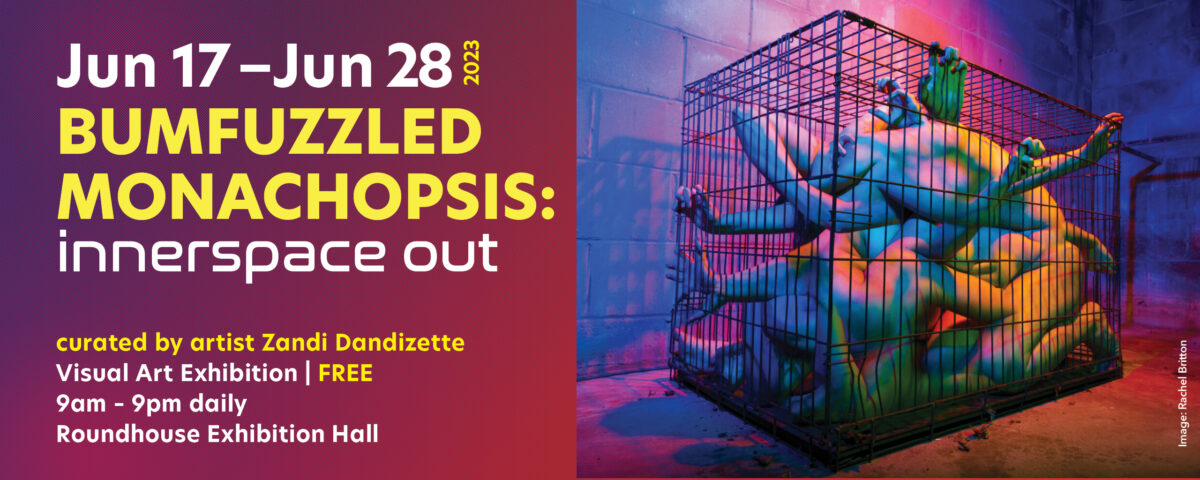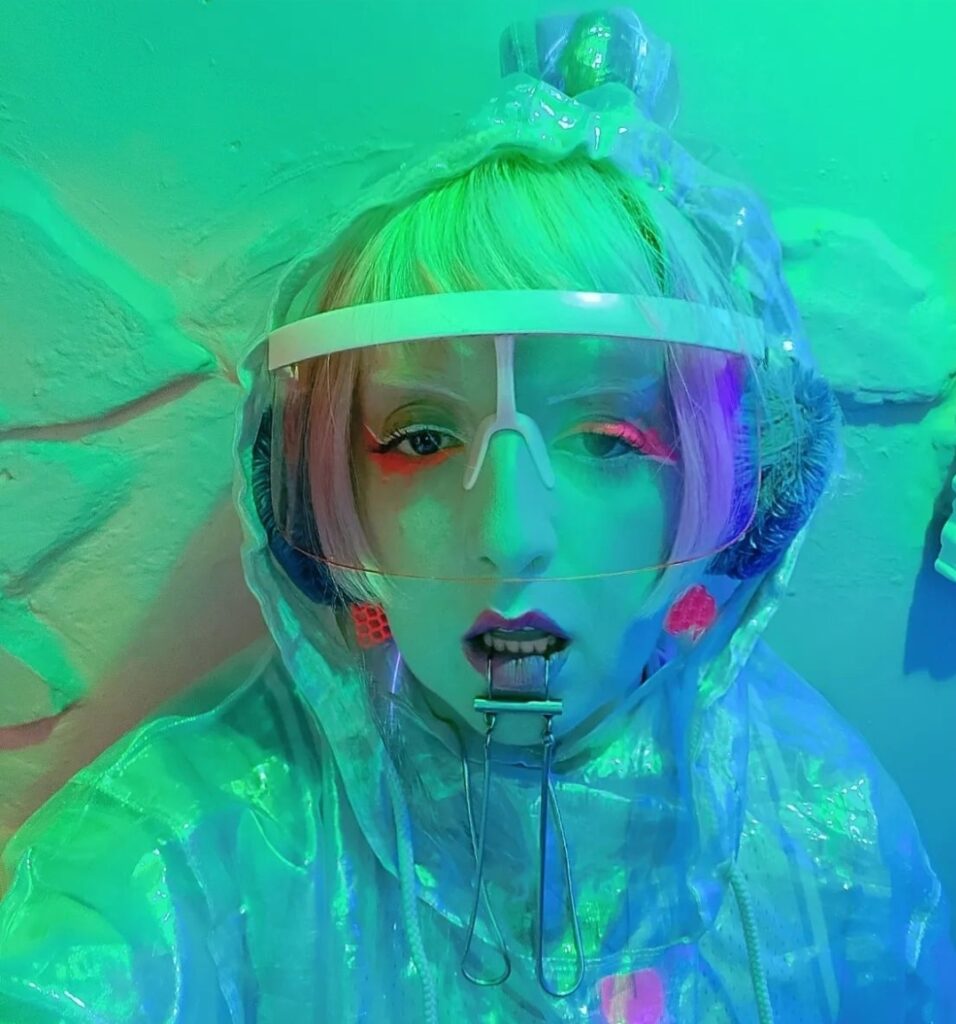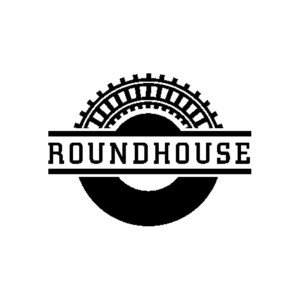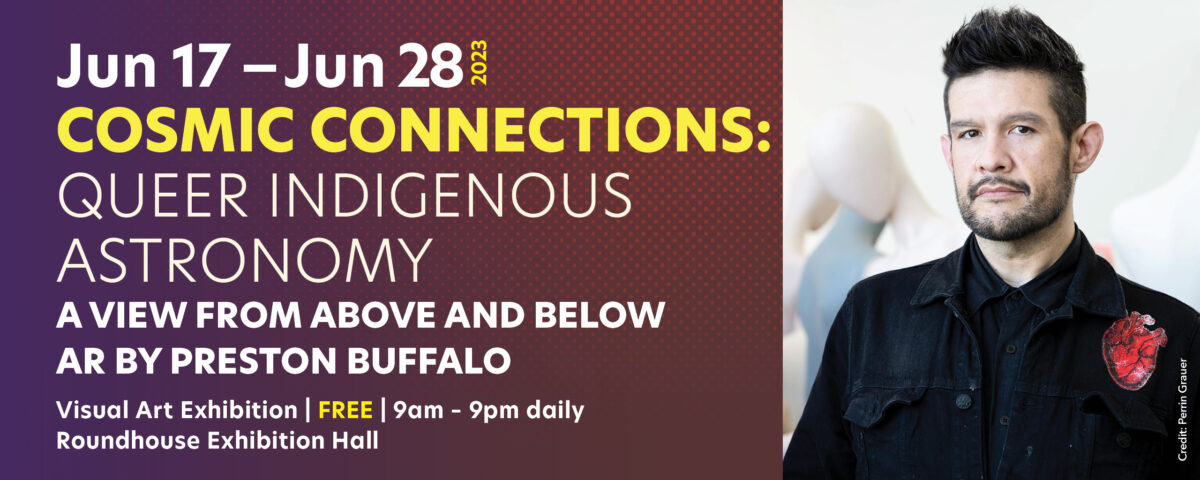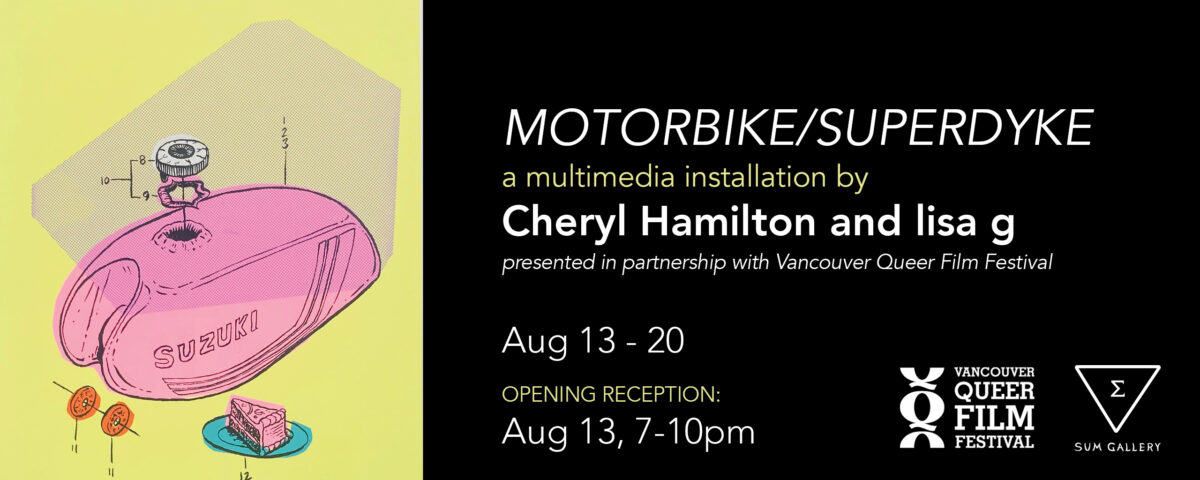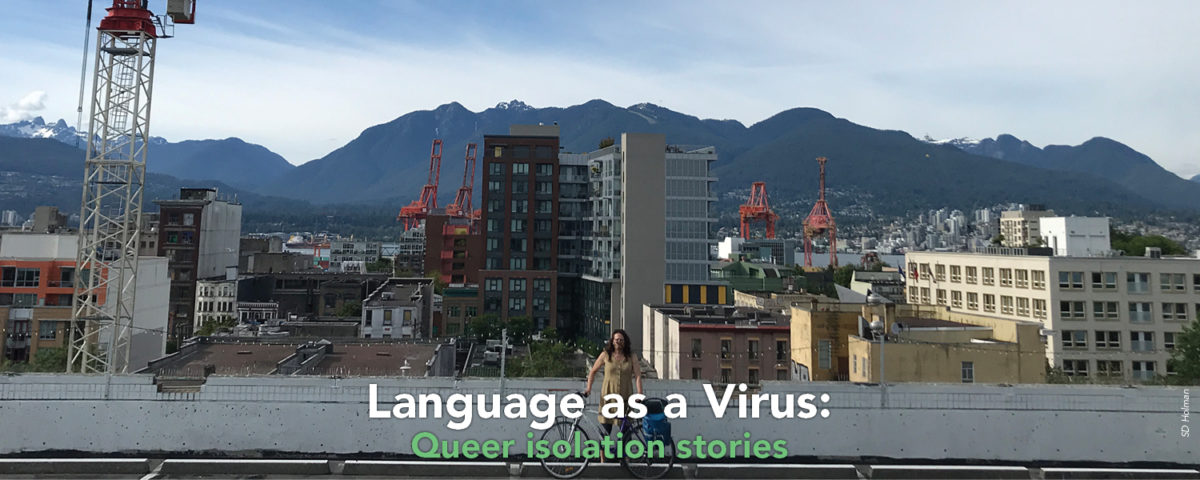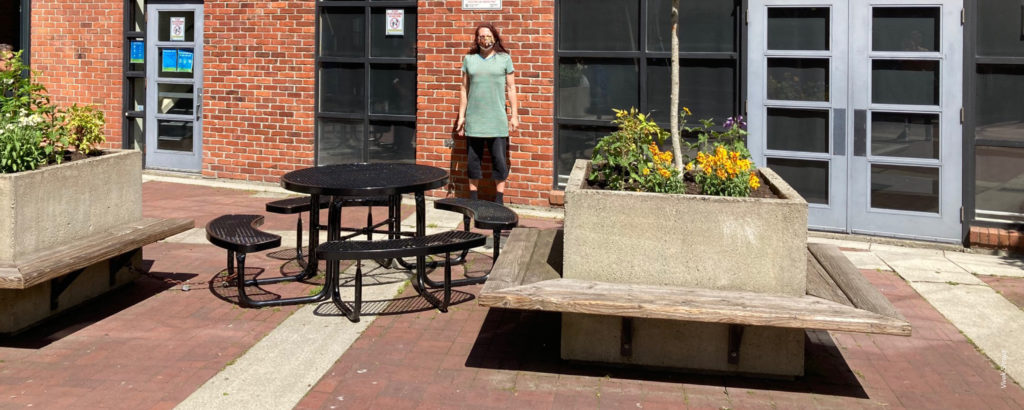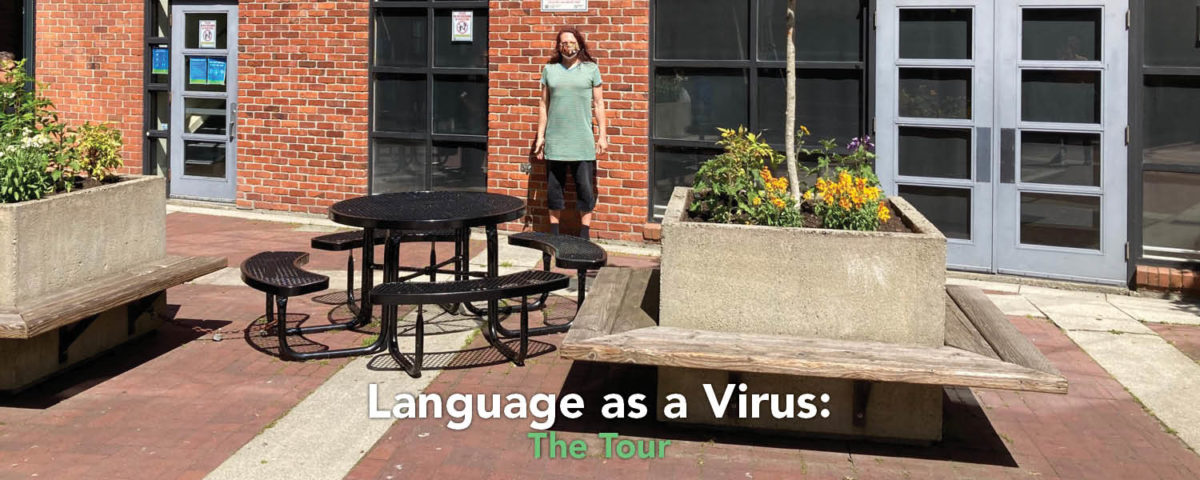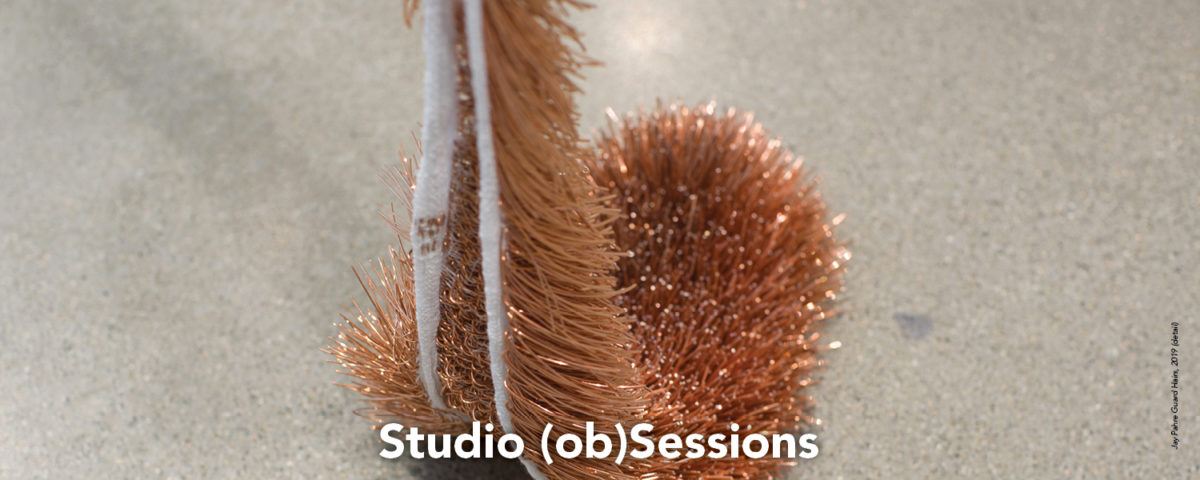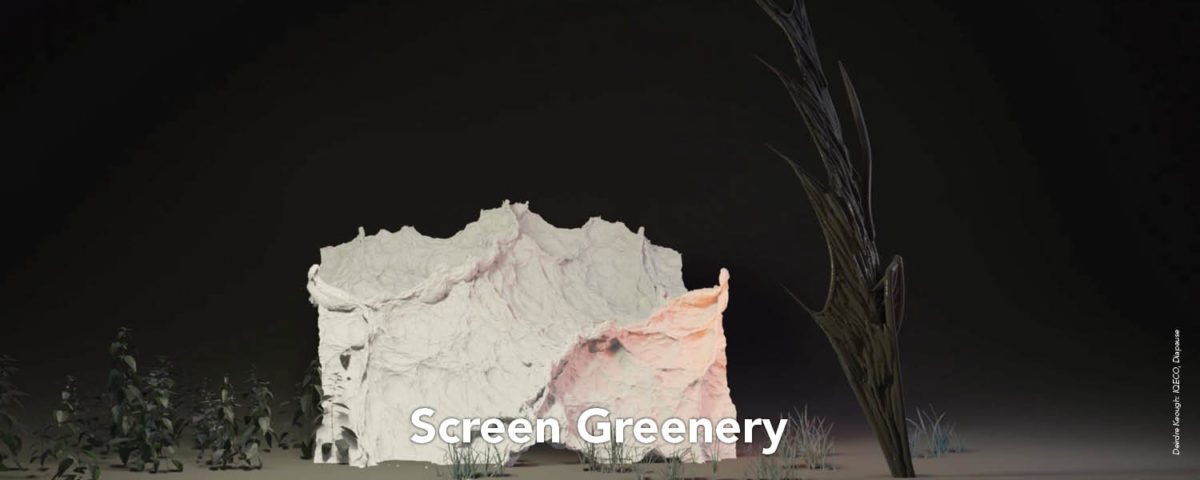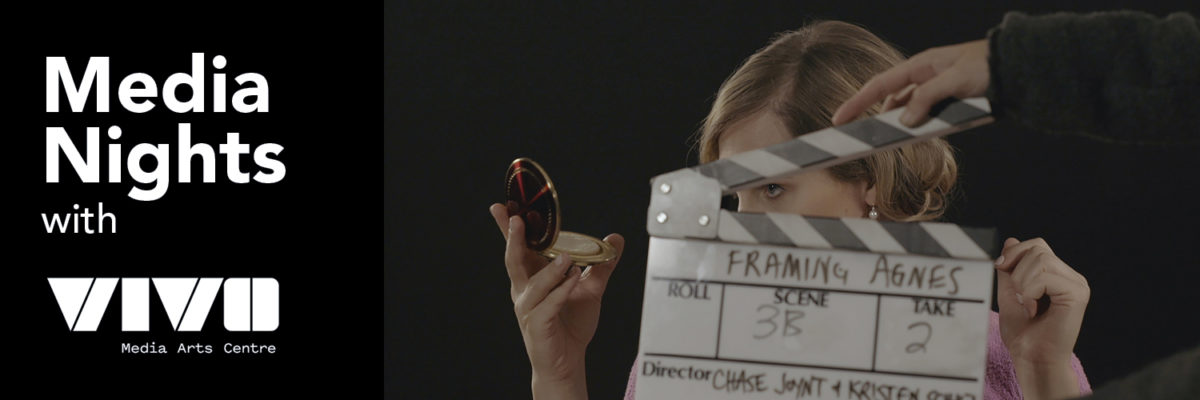Curated Visual Art Exhibition
Sat Jun 17 – Wed Jun 28
Mon – Fri 9am – 9pm
Sat – Sun 9am – 5pm
Roundhouse Exhibition Hall – 181 Roundhouse Mews
————
Zandi Dandizette, Curator
bumfuzzled monachopsis: innerspace out
Free Guided Curator Tour with Zandi Dandizette
Featured Artists:
Eda Birthing
Helena St Tearer
JAIK PUPPYTEETH
Judah Kong
Kale Roberts
Kali Fish
Leby Le Morìa
Levi Nelson
Makoto Chi
Odera Igbokwe
Moozhan Ahmadzadegan
Parisa Rafat
Pastiche Lumumba
Rachel Britton
Raven John
Romi Kim, Kendell Yan & Chris Reed
bumfuzzled monachopsis: innerspace out reflects the uncertain times in which our collective world does not ascertain belonging to those occupying it. Our parallel universes of experience, never quite overlapping, seeking out an idealized community, that “me-shaped” hole in which inclusion is touted. A confused subtle space of emotion as the external world points at what we are and who we are, yet never quite where we are welcome to be.
The present state in which queer artists take up space, share space, and embody the ownership of it. Sharing our inner worlds out visually via developed characters, worlds, or visual language that provides safety in exploring identity or the relation to the spaces around them.
Zandi Dandizette’s curation asks viewers to “wander the maze of our hearts and open them to the multiplicity of being.” We are not a homogenized whole, but many individuals all seeking that future space in which belonging can be achieved.
Zandi Dandizette, QAF 2023 Visual Art Exhibition guest curator
Zandi Dandizette is a nonbinary settler-immigrant interdisciplinary arts and cultural worker that likens their medium as space whether 2D, 3D, or 4D. Their work vacillates between focus shifts on identity, dis/connection, and collective problem solving. Zandi’s practice attempts to investigate and share the lessons they’ve absorbed in navigating the complexity of existence by utilizing repeating shape and colour motifs. Zandi has a BMA in Animation (2014) from Emily Carr University and has shown varied new media and installation works over the last decade across Canada and internationally. They balance their artistic practice with supporting arts advocacy and community building. Zandi Dandizette co-founded and leads The James Black Gallery (2014) which is located on the stolen unceded ancestral lands of the xʷməθkʷəy̓əm (Musqueam), Sḵwx̱wú7mesh (Squamish), and səlilwətaɬ (Tsleil-Waututh) Nations. They are a current board member of CARFAC National, and chartering member of the Arts and Cultural Workers Union (ACWU local 778-B).
